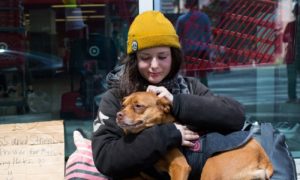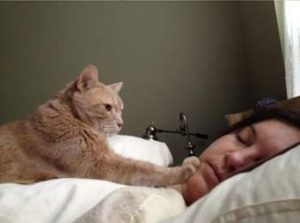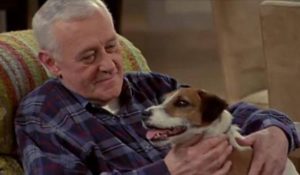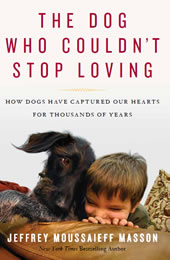
Nearly 85 million households in the U.S. that own pets want to live where their beloved companions can enjoy long, healthy lives without breaking the bank. The American Pet Products Association projects that in 2018, pet ownership will cost Americans over $72 billion.
Years ago, pet owners had access to only a handful of businesses offering animal services and supplies. Petco and PetSmart were among the biggest names. But the market for pet businesses is growing to fill increasing consumer demand. For example, in 2017, the pet food industry grew three times as fast as the packaged food industry. And there are new ways to buy goods for your animal, such as monthly subscription boxes. Continue reading “The Best and Worst Cities for Pets by Ed Boks”









